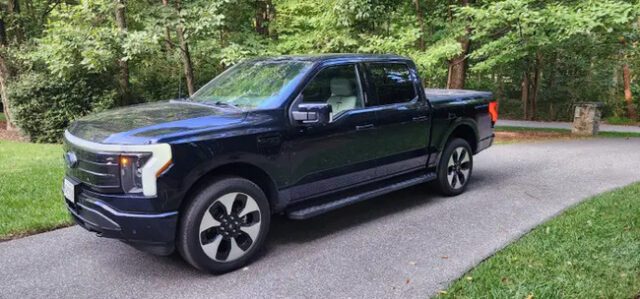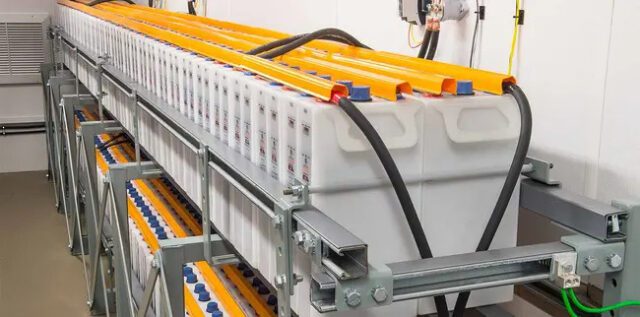
Homeowners are increasingly getting paid to contribute their rooftop solar panels, battery storage, and electric vehicles (EVs) to “virtual power plants” (VPPs), which help support stressed energy grids. These VPPs aggregate renewable energy resources from homes in states like California, Vermont, Texas, and Utah to meet high electricity demand during extreme weather events, such as heatwaves. By doing this, VPPs lower costs and reduce the reliance on fossil fuel “peaker” plants, which are typically activated during emergencies. Homeowners can earn from a few hundred dollars to as much as $10,500 per year, depending on the specific program, for sharing their stored energy with the grid. For example, GoodLeap, a company financing sustainable home energy systems, launched a VPP program in California, offering customers up to $350 annually, while aggregating 200 home batteries to assist the grid during times of peak stress.

This growing trend is driven by the increasing adoption of home solar panels, battery storage systems, and EV chargers, which are becoming crucial for preventing power outages as electricity demand rises. Programs like these help offset the cost of maintaining traditional gas power plants, while also helping states meet their renewable energy goals. Experts predict that VPPs could help meet up to 20% of the projected 200 gigawatts of peak electricity demand in the U.S. by 2030, potentially saving $10 billion in grid costs each year. Companies like Sunrun, a leader in the VPP space, have already signed up thousands of customers and are demonstrating how VPPs can rival the capacity of traditional gas plants, further pushing the energy industry towards cleaner, more resilient solutions.














